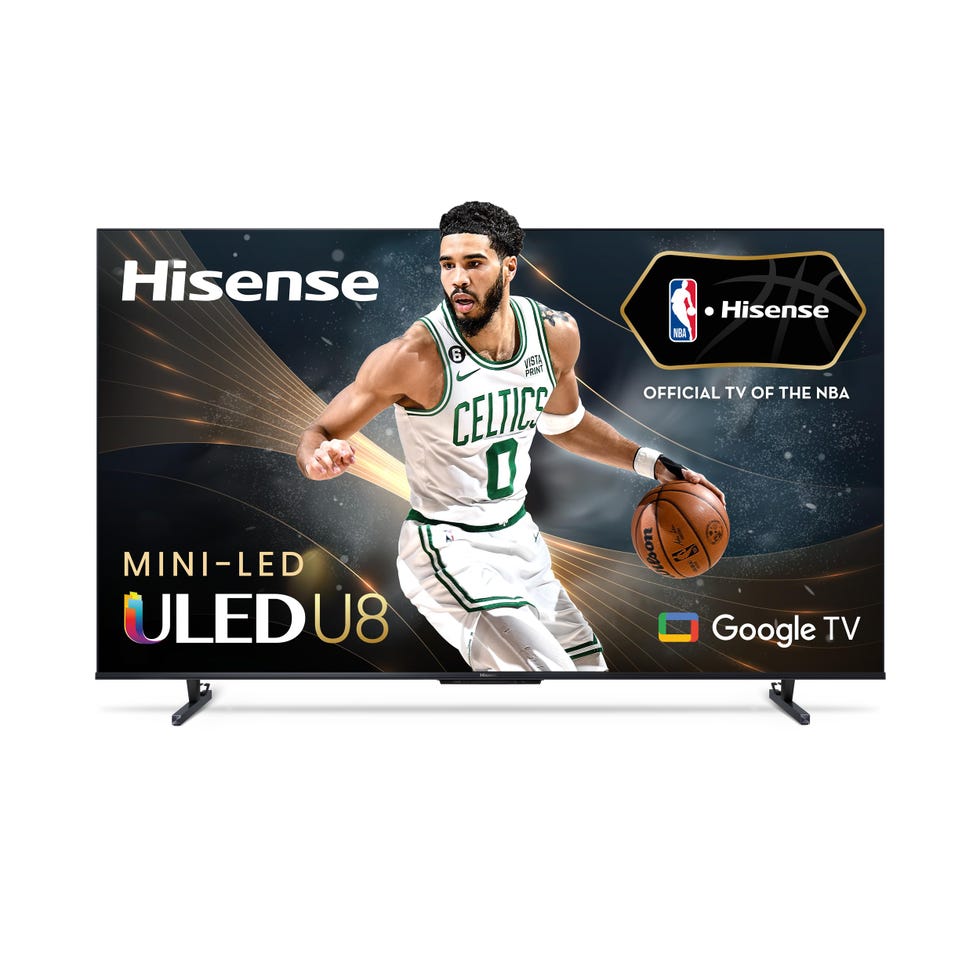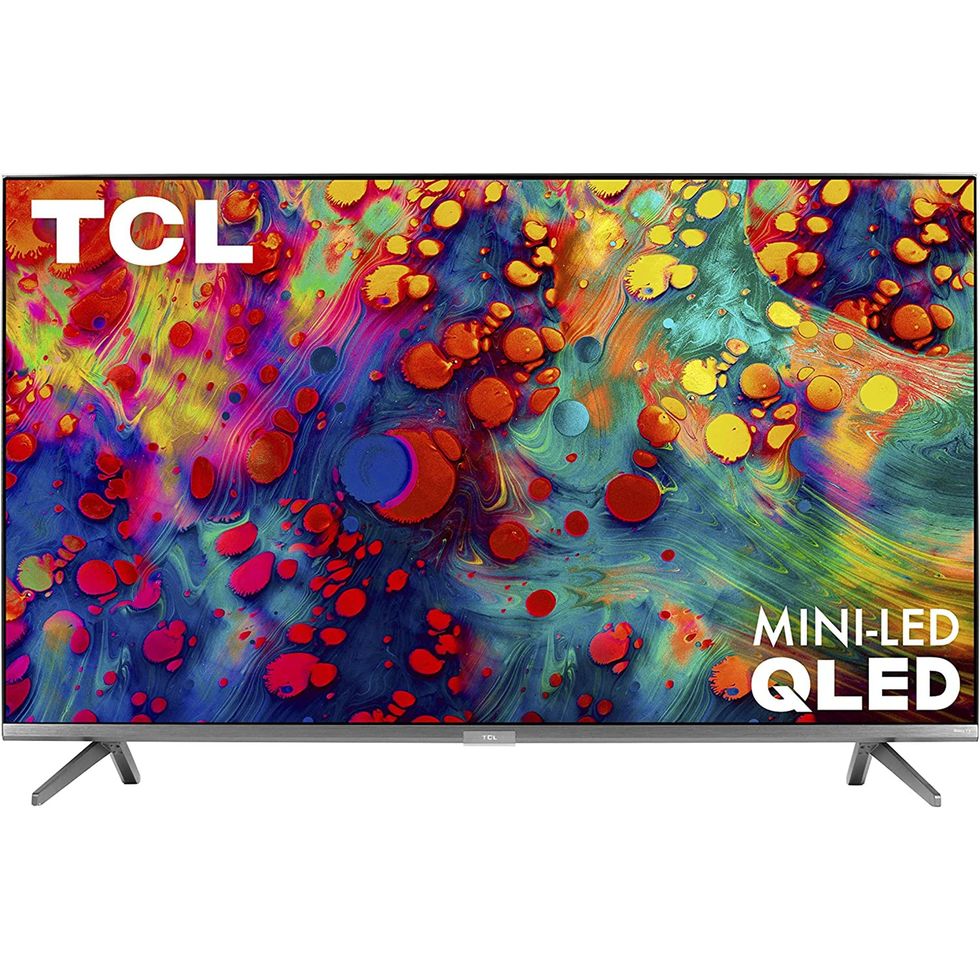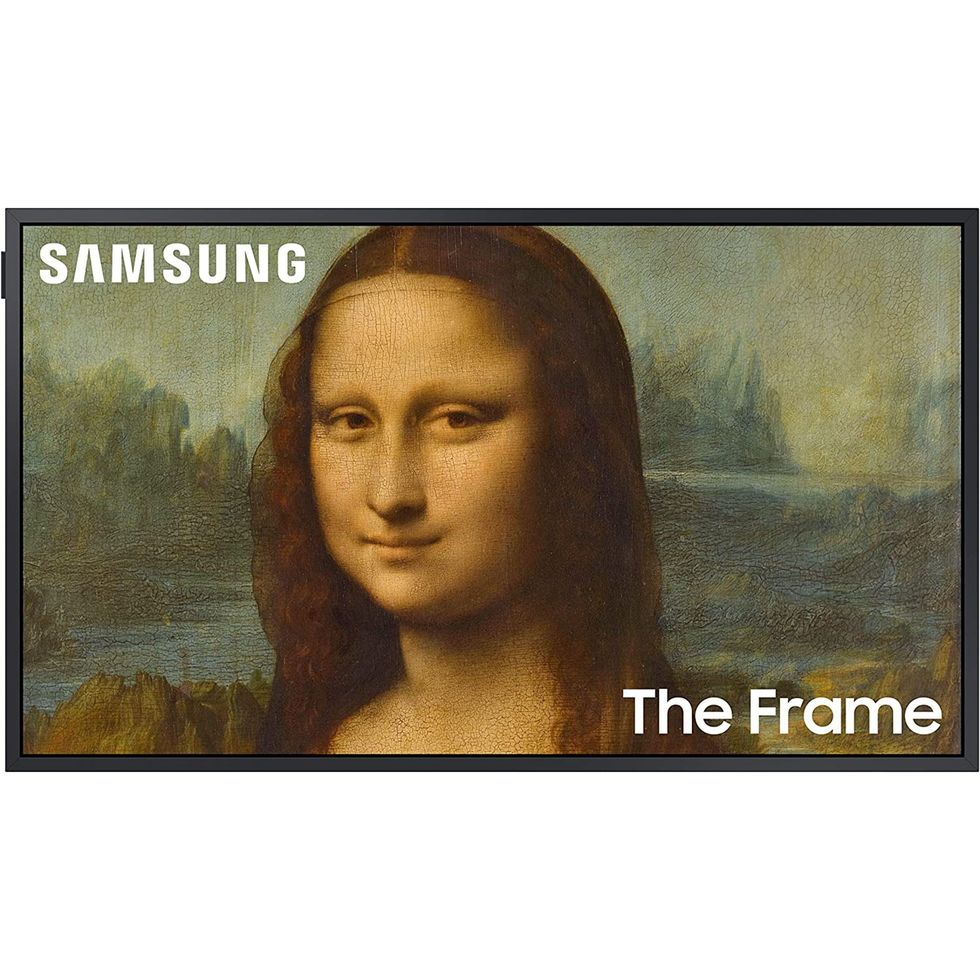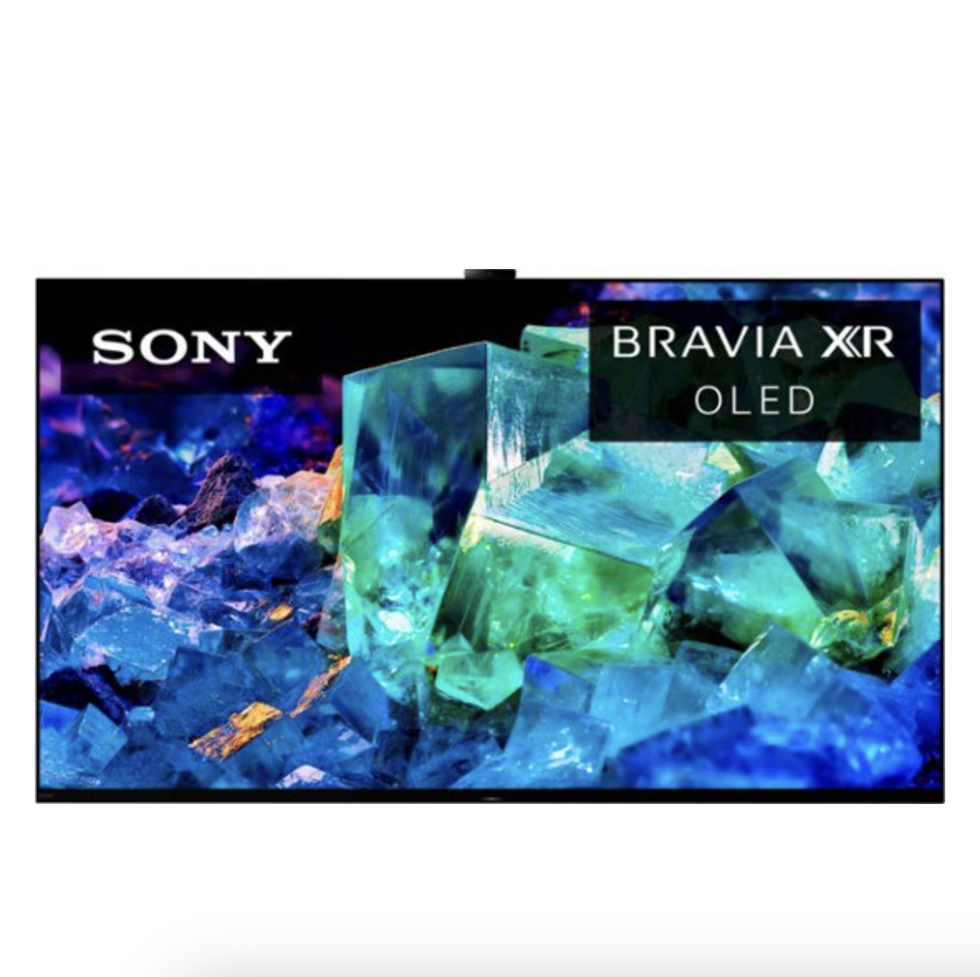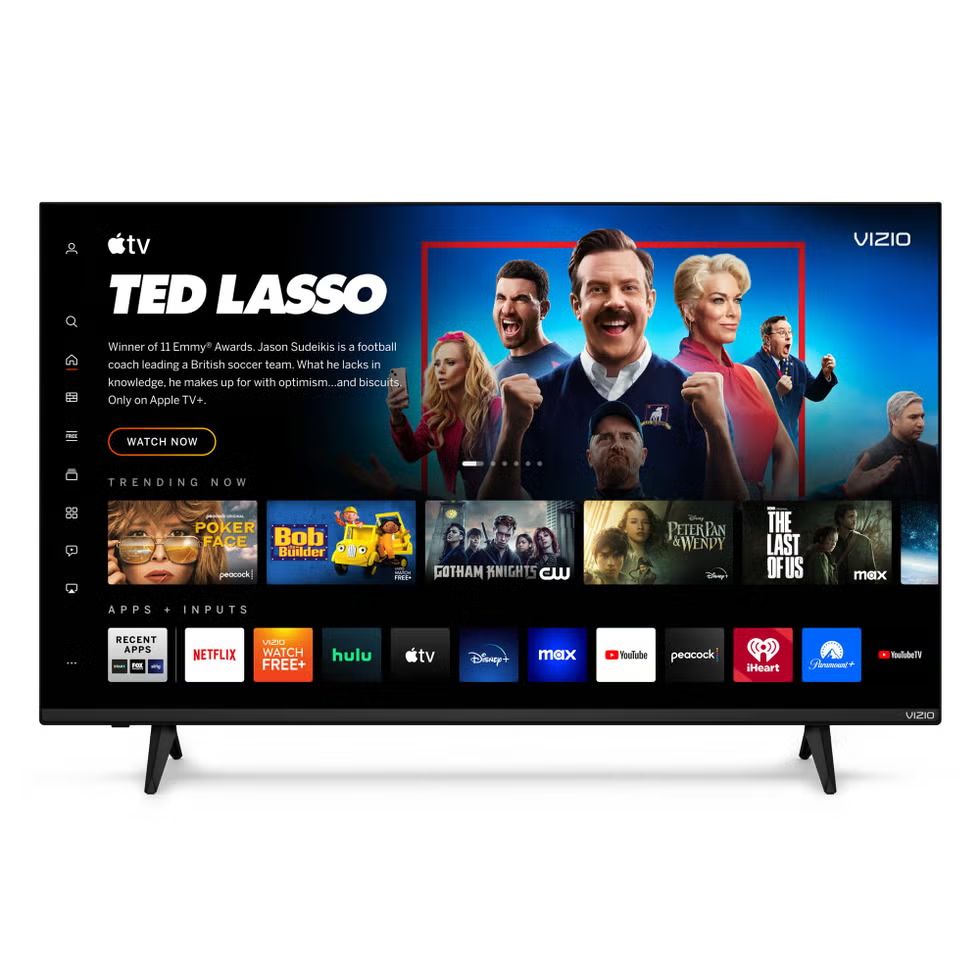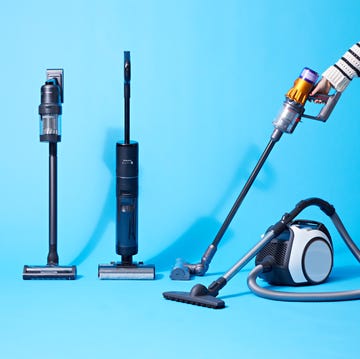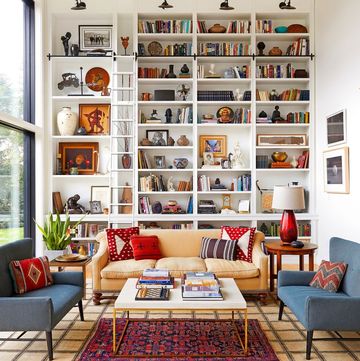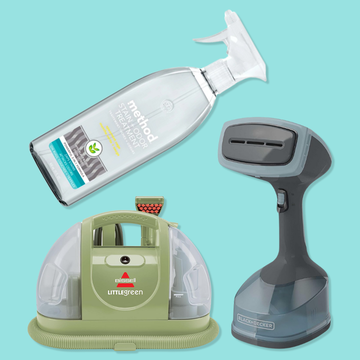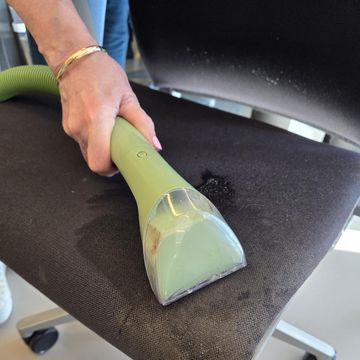6 Best TV Brands to Upgrade Your Set in 2024
From Samsung to Sony and beyond, movie nights are about to get way better.
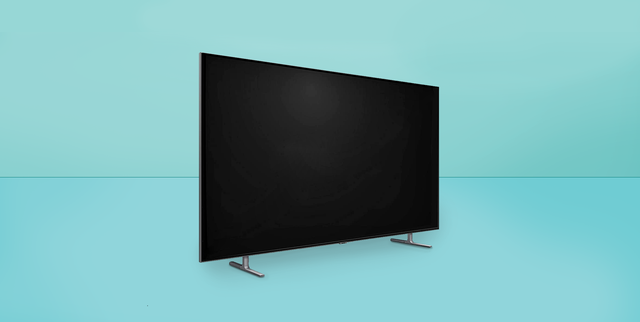
We've been independently researching and testing products for over 120 years. If you buy through our links, we may earn a commission. Learn more about our review process.
Shopping for a new TV can be overwhelming, especially with so many TV brands to choose from and new innovations every year. To help you get started, our pros narrowed down our favorite TV brands that have stood out consistently over the years for their exceptional performance, clear picture quality and value. Whether you’re looking for a new 4k TV, a super bright OLED or the best smart TV for your home, these picks will have you glued to the couch.
Our top picks:
At the Good Housekeeping Institute, we have been testing TVs for more than 15 years, getting hands-on with more than 50 TVs in the past five years alone to evaluate evolving technologies available from various manufacturers. We assess factors such as picture and audio quality, brightness, ease of use and interface, connectivity and extra features. For more information on what to look for when shopping for a new TV — including the difference between OLED, LED and LCD, and picture considerations like HDTV vs. 4K Ultra HD and even 8K — scroll to the bottom of this article.
Emma Seymour (she/her) is a senior product analyst at the Good Housekeeping Institute's Textiles, Paper and Apparel Lab, where she has led testing for luggage, pillows, towels, tampons and more since 2018. She graduated from Cornell University with a bachelor of science in fiber science and apparel design and a minor in gerontology, completing research in the Body Scanner Lab on optimizing activewear for athletic performance.
Olivia (she/her) is a media and tech product reviews analyst at the Good Housekeeping Institute, covering tech, home, auto, health and more. She has more than five years of experience writing about tech trends and innovation and, prior to joining GH in 2021, was a writer for Android Central, Lifewire and other media outlets. Olivia is a graduate of George Washington University, with a bachelor's degree in journalism, political science and French, and she holds a master’s degree in communications from Sciences Po Paris.
Watch Next


The Best Sleeper Sofas
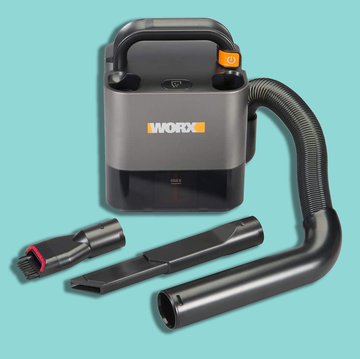
The Best Handheld Vacuums
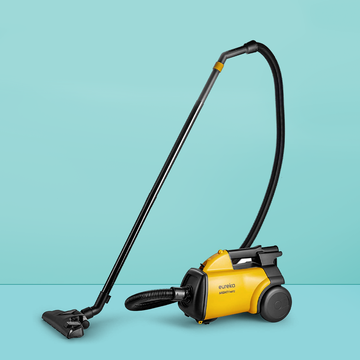
The Best Cheap Vacuum Cleaners Under $150
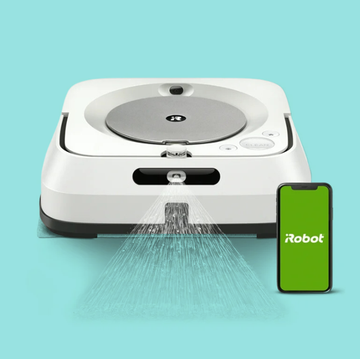
The Best Robot Mops

